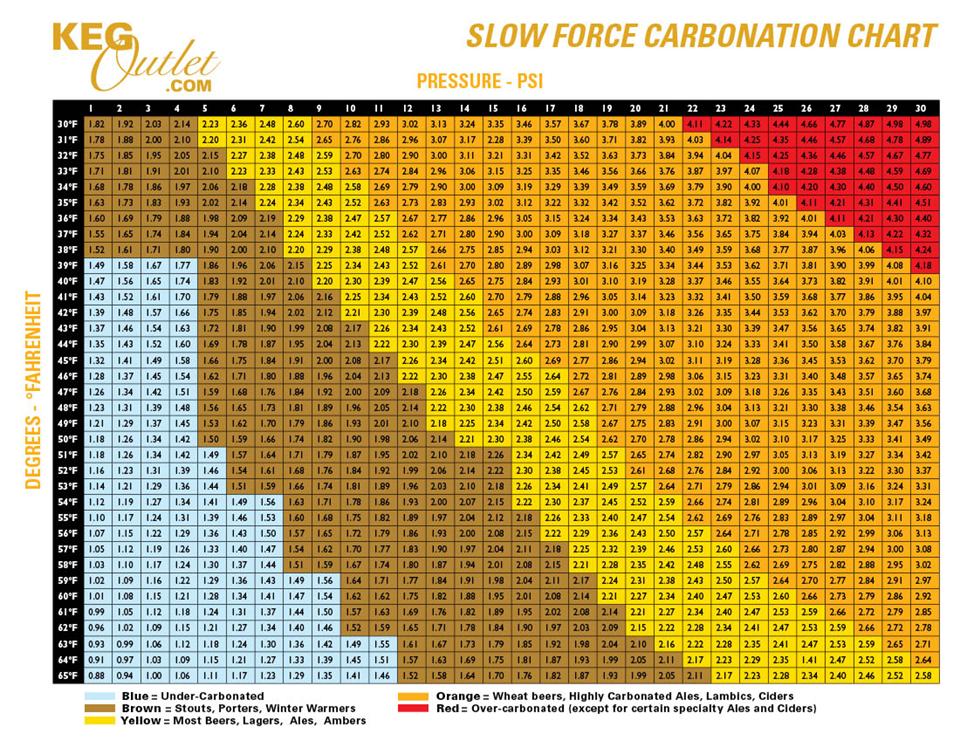TurnipGreen
Well-Known Member
i’m new to kegging. I have three kegs and room for two in my fridge. This weekend i’m planning to fill the third so it’s ready when one of the other two kicks.
I understand stand I can prime it with sugar like bottling, maybe with less sugar. But could I also hit it with 25-30 pounds of pressure for a few hours then just leave it? Would that leave it pretty close to fully carbed?
For those of you that prime with sugar, can I get away with just dumping sugar in as opposed to mixing it with boiled water? Is it pretty standard to have 1-2 pours of yeast? Does that ever cause lines or dip tubes to get gunked up?
I’m still learning and messing with the right pressures, but I have this problem that as soon as beer is in the fridge I want to drink it. I have much more patience if it is stored far away from the fridge.
Thanks
I understand stand I can prime it with sugar like bottling, maybe with less sugar. But could I also hit it with 25-30 pounds of pressure for a few hours then just leave it? Would that leave it pretty close to fully carbed?
For those of you that prime with sugar, can I get away with just dumping sugar in as opposed to mixing it with boiled water? Is it pretty standard to have 1-2 pours of yeast? Does that ever cause lines or dip tubes to get gunked up?
I’m still learning and messing with the right pressures, but I have this problem that as soon as beer is in the fridge I want to drink it. I have much more patience if it is stored far away from the fridge.
Thanks









![Craft A Brew - Safale S-04 Dry Yeast - Fermentis - English Ale Dry Yeast - For English and American Ales and Hard Apple Ciders - Ingredients for Home Brewing - Beer Making Supplies - [1 Pack]](https://m.media-amazon.com/images/I/41fVGNh6JfL._SL500_.jpg)















































